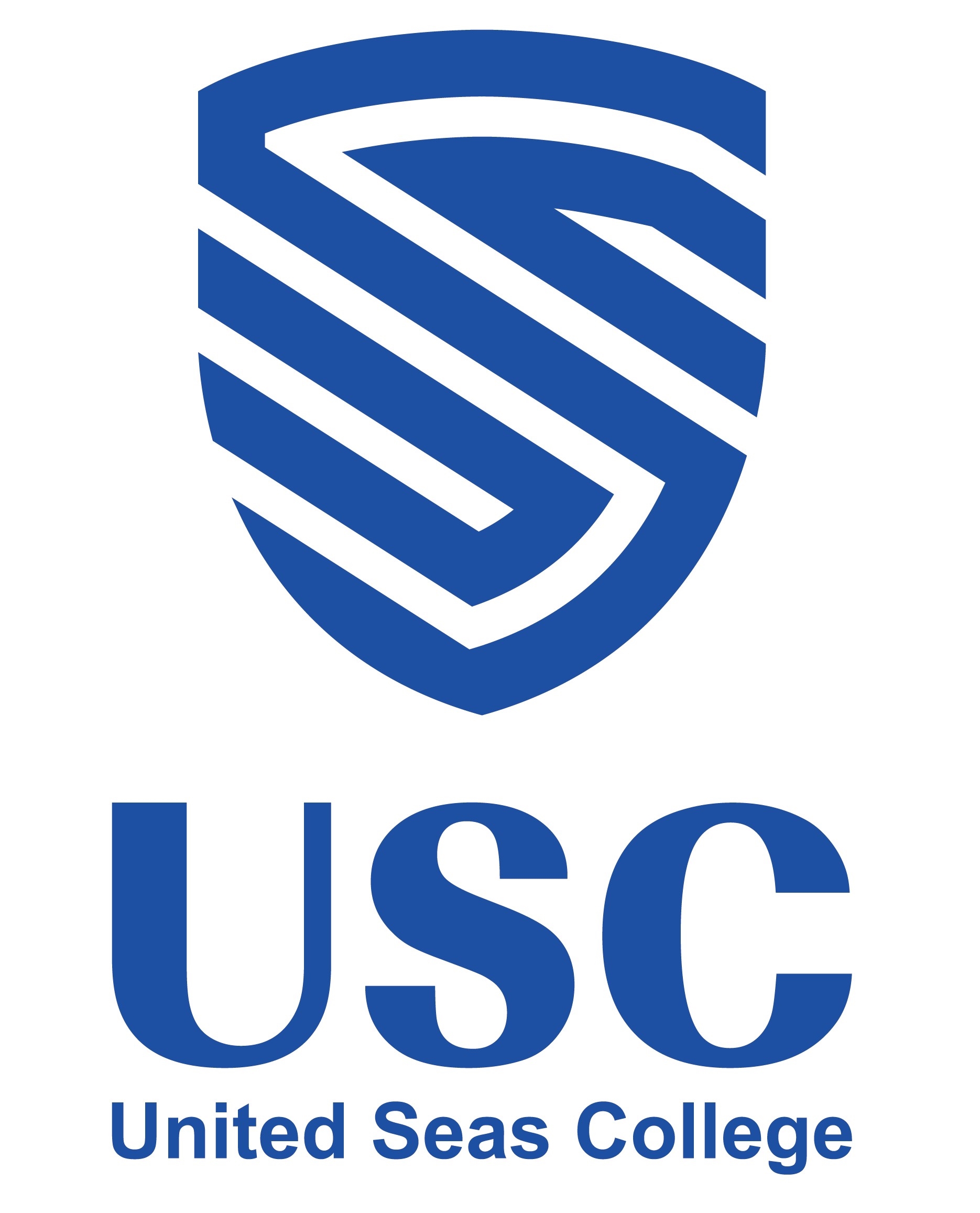Diploma in Microelectronics
(Mandarin) (E-Learning)
Aims & Learning Outcomes
The programme Diploma in Microelectronics (Mandarin) (E-Learning) is an online course wherein the students will be taught in a virtual learning environment using Mandarin as the medium of teaching.
The course is an innovative e-learning programme designed to provide a strong foundation in both theoretical knowledge and applied digital skills essential for the microelectronics industry. Delivered through a blend of synchronous and asynchronous online learning, the course is structured on theoretical grounds and reinforced through interactive simulations and virtual labs, as suitable, suited to the e-learning environment.
Learning Objectives
At the end of this programme, students will be able to:
- iProvide students with a deep understanding of advanced mathematics, programming, and electronics engineering principles
- iEquip students with the relevant knowledge and practical experience needed to excel in fast-evolving technical fields
- iOffer up-to-date content aligned with industry standards and emerging technologies
Course Structure
The students are required to study EIGHT modules. Each module is equivalent to 15 credits for a total of 120 credits. Each credit is equal to 10 learning hours.
Core Modules
- C Programming
- Advanced Mathematics I
- University Physics
- Computer Essentials
- Advanced Mathematics II
- Fundamentals of Circuit Analysis
- Single-chip Microcomputer
- Analogue Electronics
Admission and Graduation Requirements
-
Admission Requirement
-
a. Normal Entry
-
1. Min age: 17 years PLUS
-
2. Academic Level:
- Completed A-Level with 2 passes OR
- Completed equivalent to at least 12 years of formal education
-
3. Min language requirement:
- Obtained at least GCE O-Level B4 in Chinese language or equivalent
b. Alternative entry
Mature candidate of minimum age of thirty (30) with at least eight (8) years working experience.
Graduation Requirement
To earn the academic certificate, students must successfully complete the course by achieving at least a passing grade in all assessments for each required and assigned module.
Delivery and Assessment
-
The programme will be delivered through a blended e-learning approach that combines synchronous and asynchronous modes.
A total of 32 hours will be conducted through synchronous e-learning, allowing students to engage in real-time interaction with lecturers and peers via live online sessions. These sessions will focus on discussions, collaborative activities, and instructor-led guidance to support active learning.
A further 304 hours will be allocated to asynchronous e-learning, where students will access digital learning materials, recorded lectures, readings, and self-paced learning activities through the institution’s learning management system. This mode enables flexibility and independent study, allowing learners to manage their learning according to their schedules.
Assessment for the programme will amount to 32 hours, which are not included in the teaching hours. Assessments may include assignments, projects, quizzes, or examinations designed to evaluate students’ achievement of the intended learning outcomes.
The teaching, learning and assessment strategy of each module has been designed to ensure that teaching methods are appropriate for achieving the learning objectives of the module.
Assessments will be conducted via a robust online examination platform, ensuring that online examinations are systematically scheduled, performed, and evaluated with integrity.
Duration
-
The program may be pursued on either a full-time or part-time basis. The full-time modality spans a period of eight (8) months, with instructional sessions allocated three hours per day, five days per week, culminating in a total of 336 instructional hours. Conversely, the part-time modality extends over nine (9) months, with sessions scheduled two hours per day, five days per week, also amounting to a total of 336 instructional hours. The minimum required enrollment is 30 students.
Intake Dates
-
Full Time: Monthly
-
Part Time: October
Target Students
-
The programme is designed primarily for the convenience of students who wish to pursue a Diploma in Microelectronics and progress on to USC’s Advanced Diploma in Microelectronics. Thereafter, students may wish to continue their study at UK, Australian and American universities for another year or two to obtain their related degree.
Fee Structure
-
Course Fee: SGD 6,000.00
Click here for the miscellaneous and other relevant fees.
